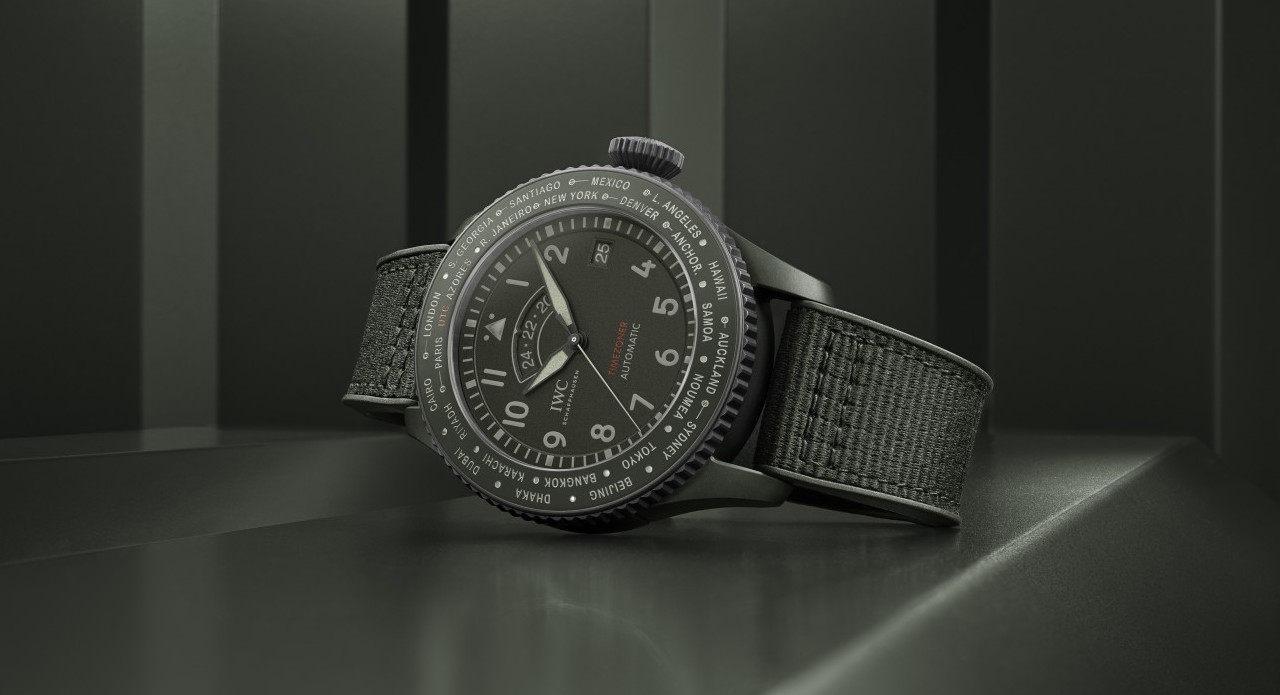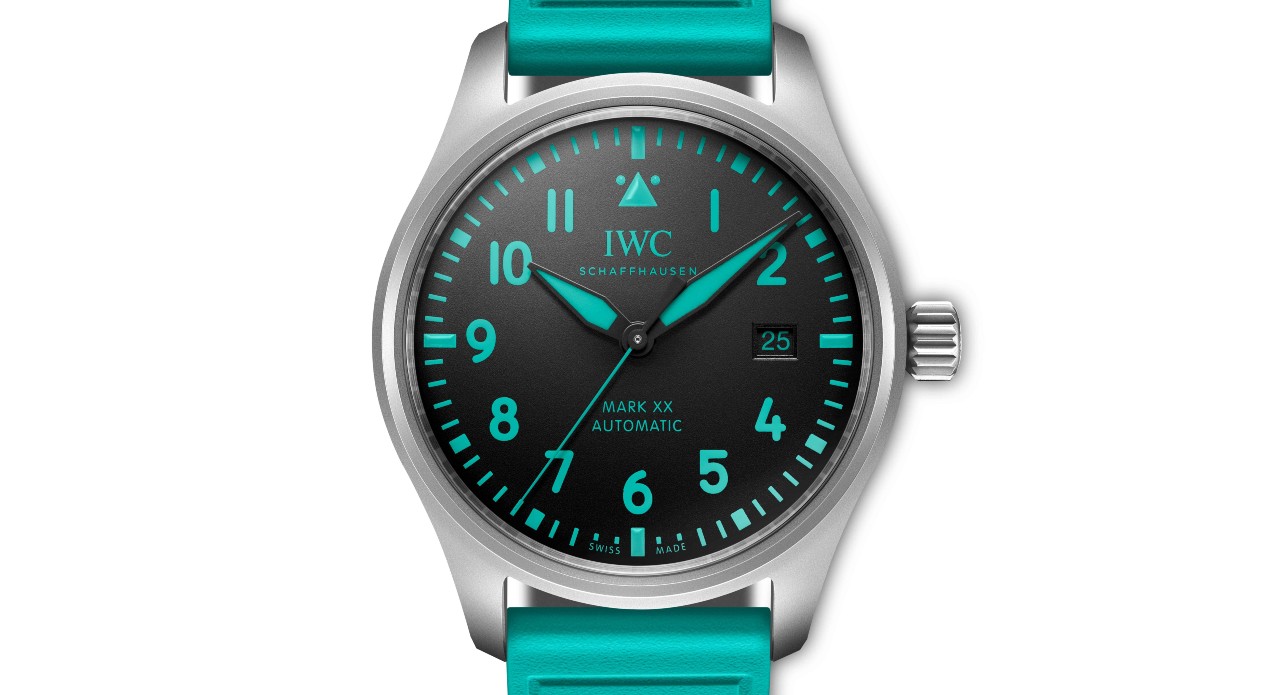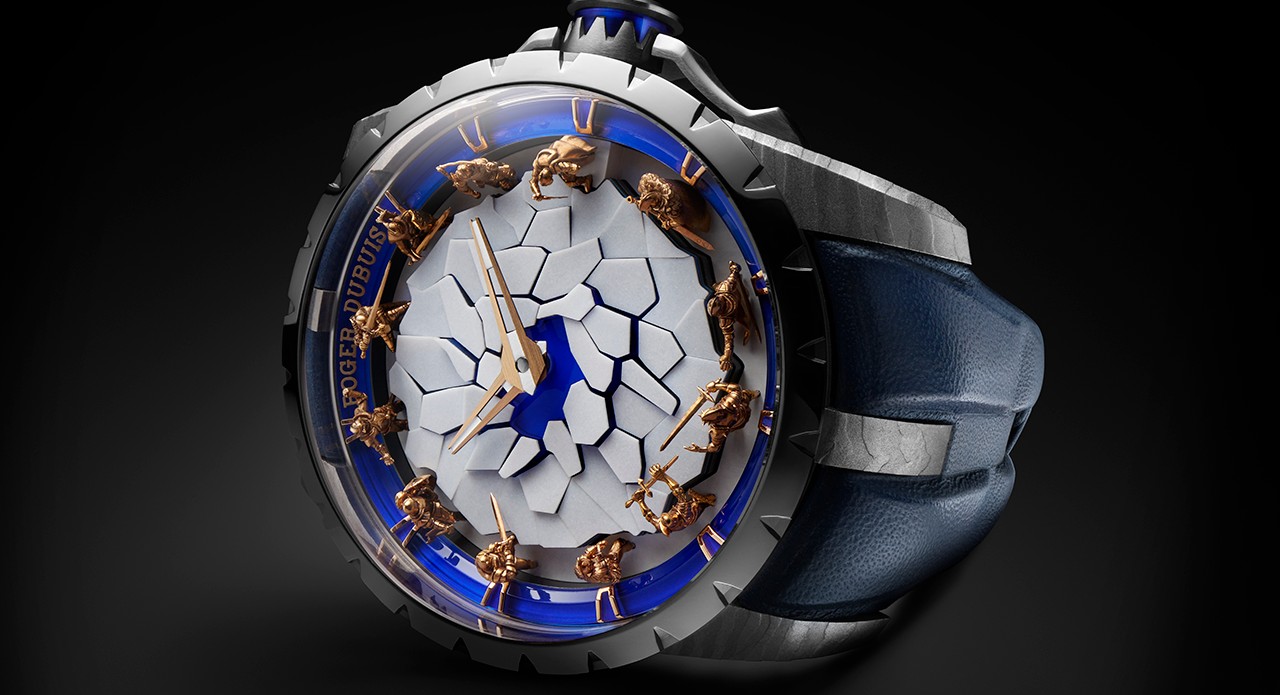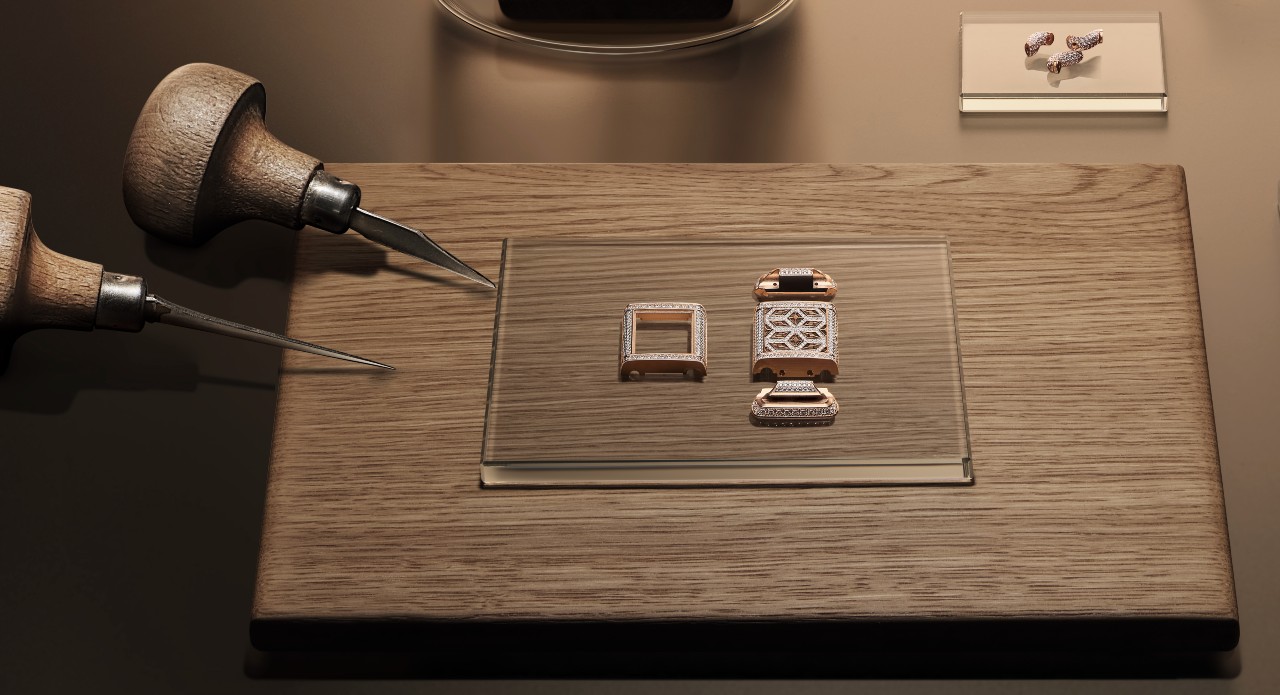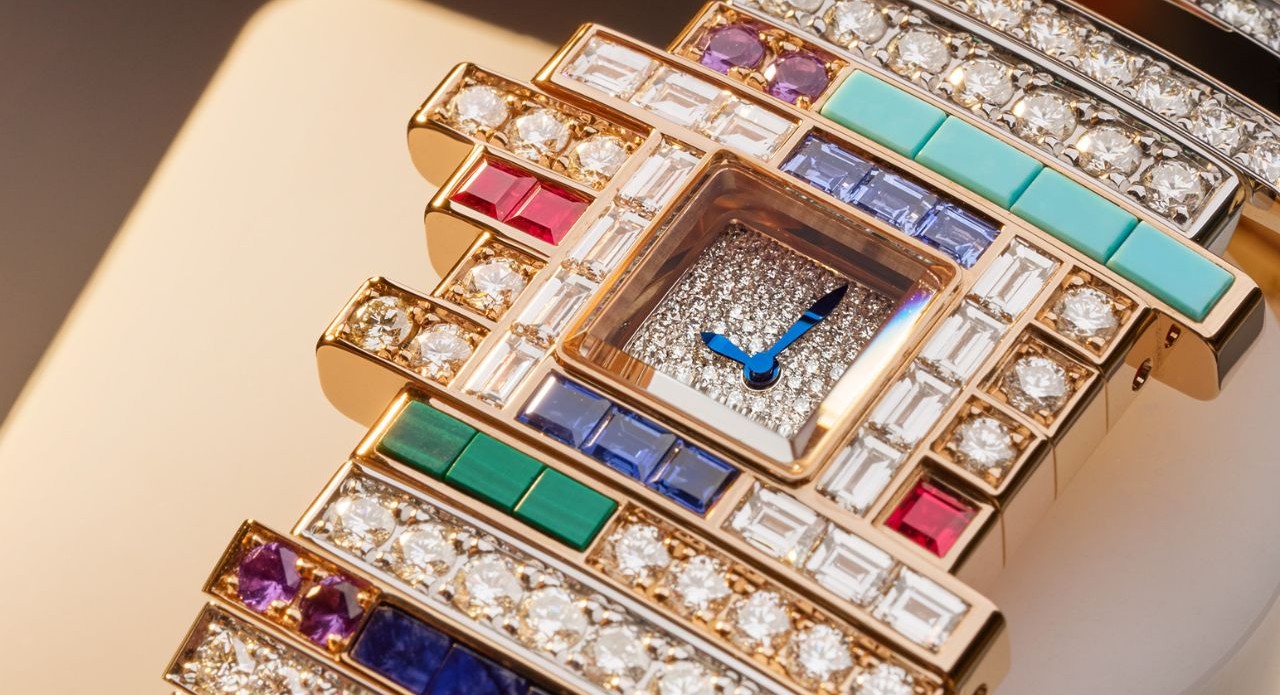In the digital age, a perpetual calendar watch’s significance lies in its mastery of mechanical engineering and symbolic worth, rather than its strict utility. The complication symbolises endurance, perseverance, and a horological legacy demonstrating intellectual depth and artistic skill. It conveys a sense of continuity and mechanical wonder by automatically tracking the date, even leap years, for decades without user involvement, which appeals to collectors who respect craftsmanship and the intricate blend of art and engineering. The rivalry between Vacheron Constantin and Audemars Piguet is not new, as both are traditional Swiss watchmakers and members of the prestigious ‘Holy Trinity’ alongside Patek Philippe. This is a status that has historically fuelled competition in mechanical innovation and design for over 150 years.
While both brands are known for producing high-end watches, they frequently compete in different areas. Outlook Luxe looks at two of the most iconic timepieces from both the timepiece makers; the Vacheron Constantin Overseas Perpetual Calendar Ultra-Thin (Ref. 4300V/220R-H144) and Audemars Piguet Royal Oak Perpetual Calendar (Ref. Ref. 26574BC.OO.1220BC.01).
Vacheron Constantin Overseas Perpetual Calendar Ultra-Thin
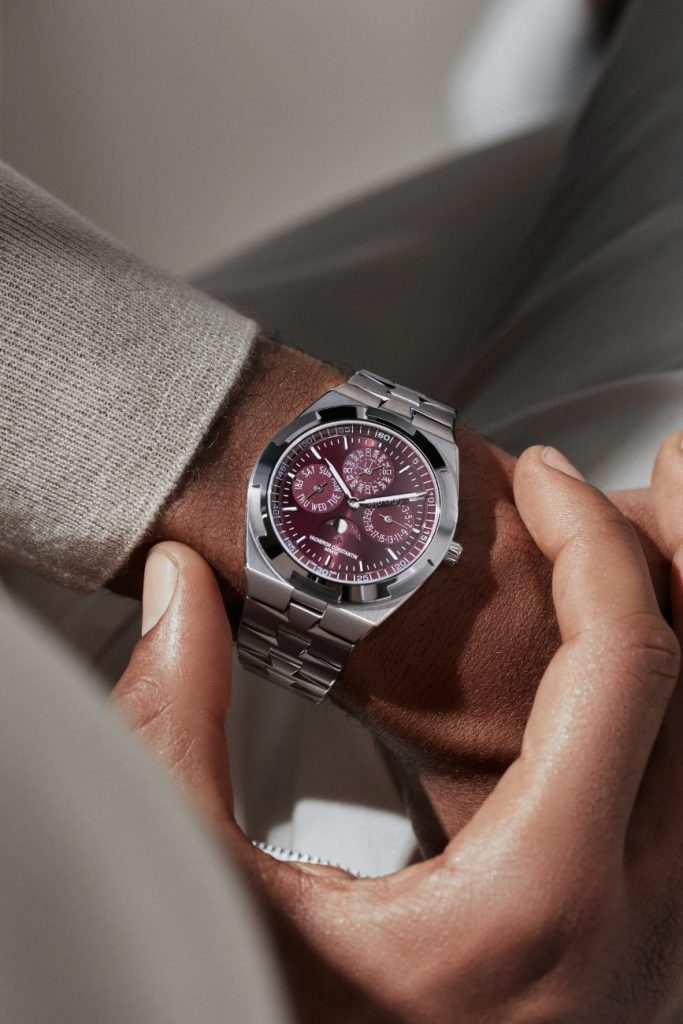
Presented on 41.5 mm white gold case, the timepiece has a crown at 3 o’clock with a Maltese cross bezel. The burgundy dial has a month and a leap year counter at 12 o’clock, date counter at 3 o’clock, moonphase at 6 o’clock, day of the week counter at 9 o’clock, and a 60 minute rail track on the outer periphery of the dial. The transparent sapphire caseback reveals a 22K gold oscillating weight, and is powered by calibre 1120 QP/1 with a 40-hour power reserve.
Audemars Piguet Royal Oak Perpetual Calendar

This Royal Oak Perpetual Calendar has a 41 mm 18k white gold case and a Grande Tapisserie dial in a burgundy hue, and an octagonal bezel with screws. The dial has a month and a leap year counter at 12 o’clock, date counter at 3 o’clock, moonphase at 6 o’clock, day of the week counter at 9 o’clock, and a 52 week of the year markers on the outer periphery of the dial. Powering the watch is Calibre 5134 with a 40-hour power reserve.
In the end, both watches showcase perfection in white gold, flawless perpetual calendars and timeless design. Preferences will guide the choice, with Vacheron Constantin for elegance and Audemars Piguet for iconic boldness, but either way the wearer gains a piece of watchmaking history that blends art, engineering and personal style.






